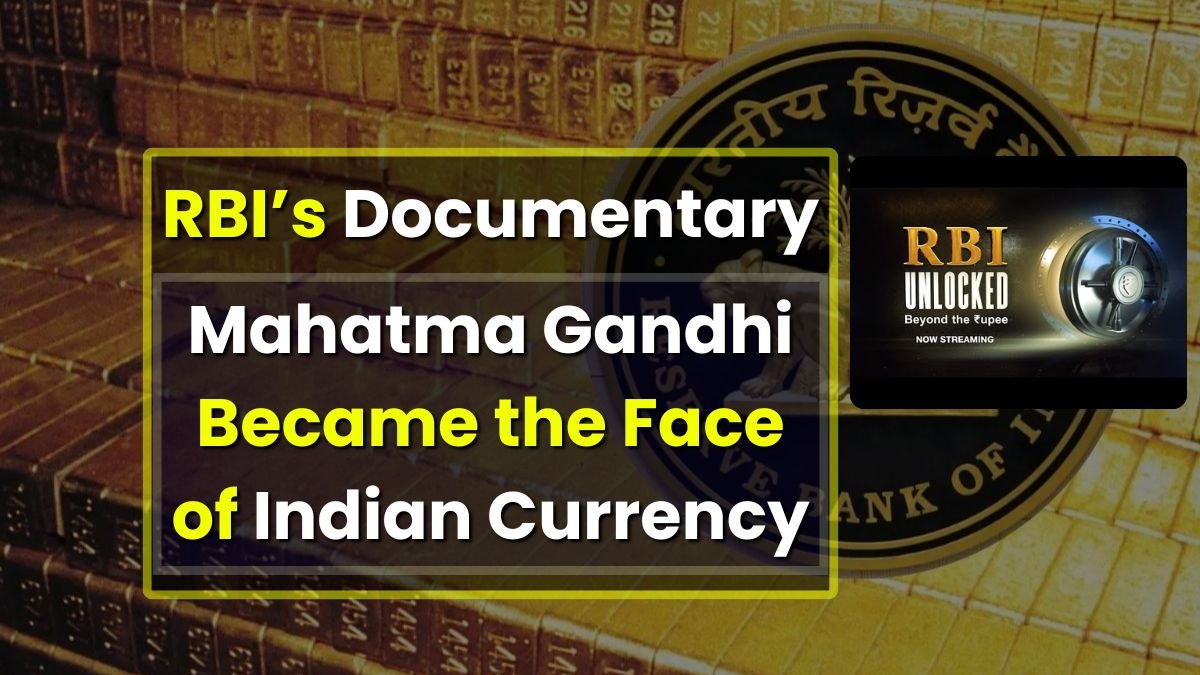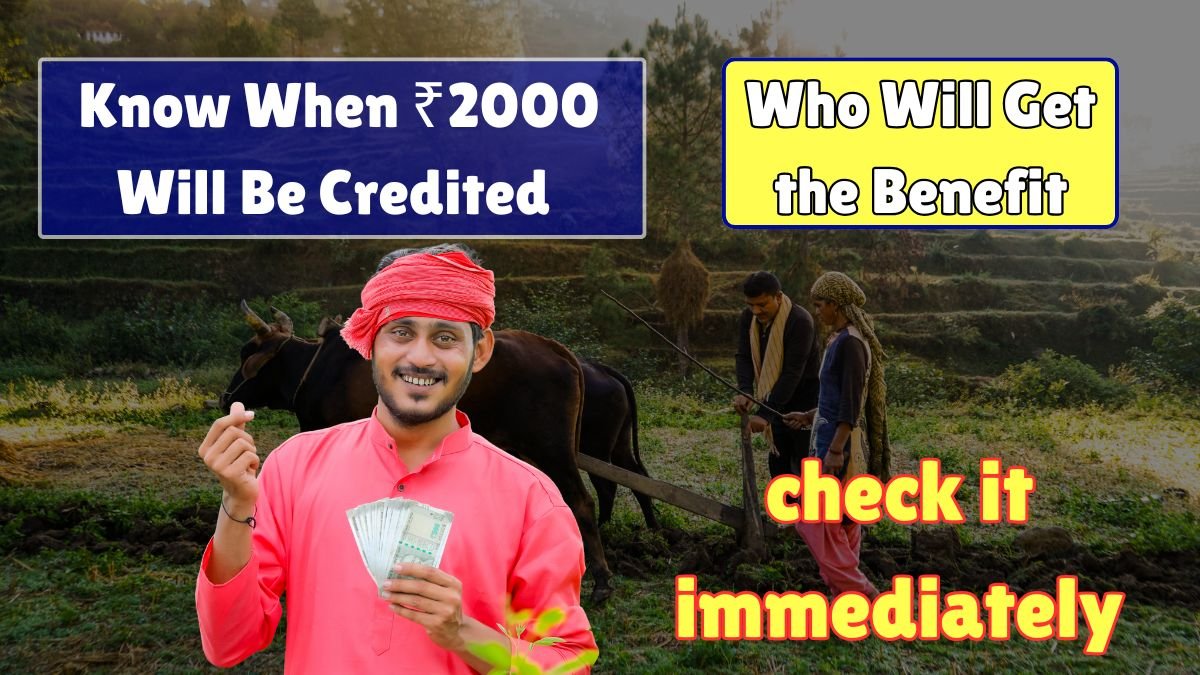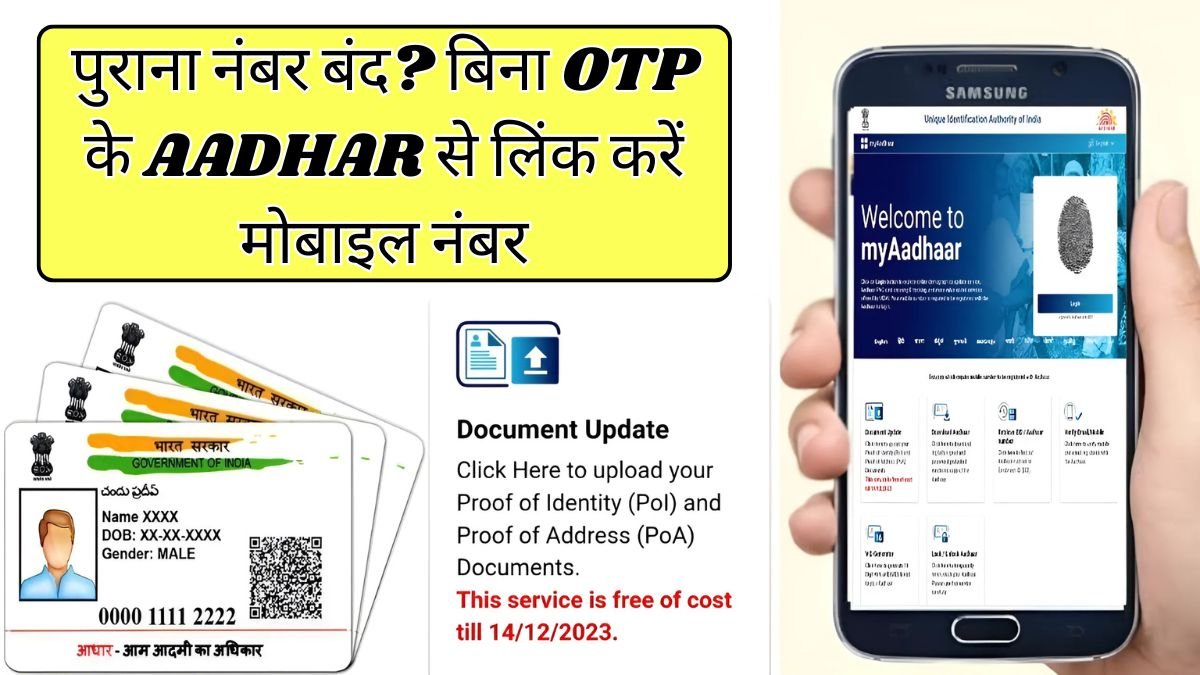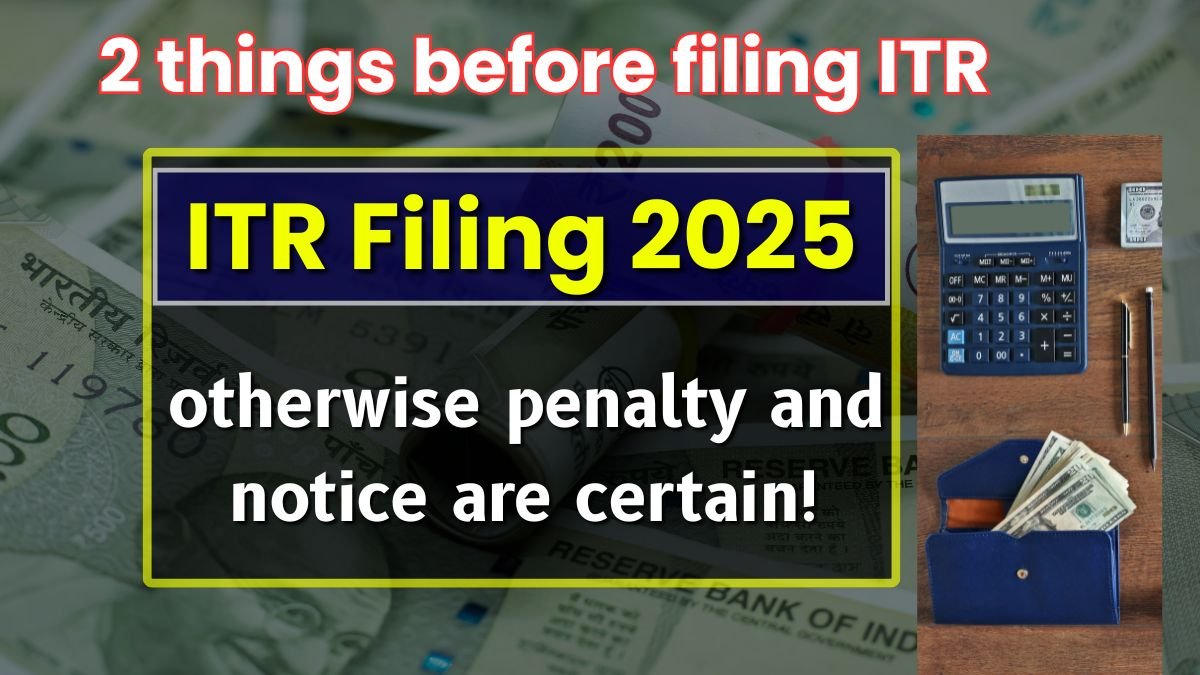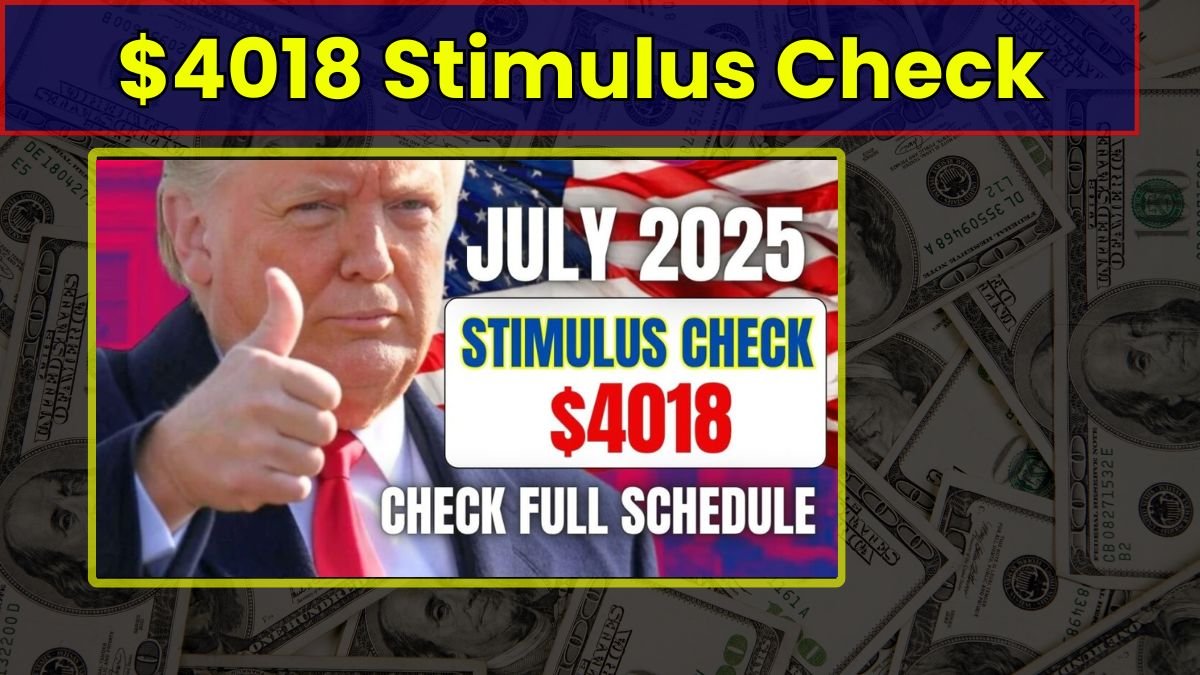If you’ve ever wondered how Mahatma Gandhi’s smiling face ended up on every Indian rupee note, you’re not alone. It’s a familiar sight now, but there’s a fascinating story behind it — and the Reserve Bank of India (RBI) has finally shared that story in its new documentary.
RBI’s Documentary – RBI Unlocked: Beyond the Rupee Summary
| Detail | Information |
|---|---|
| First Gandhi note | ₹100 note in 1969 |
| Series name | Mahatma Gandhi Series (since 1996) |
| First post-British note | ₹1 note with Ashoka Pillar (1949) |
| Documentary name | RBI Unlocked: Beyond the Rupee |
| Platform | JioCinema, Disney+ Hotstar |
Gandhi’s Image on Currency: A Legacy That Took Shape Over Time
Today, it’s hard to imagine an Indian currency note without Mahatma Gandhi’s image. His presence is so deeply woven into our daily lives that we rarely stop to think how or when it started. But did you know that Gandhi’s photo wasn’t always on Indian notes?
In fact, after India gained independence in 1947, Gandhi’s picture didn’t appear on any currency notes for several years. Instead, you would’ve seen symbols like the Ashoka Pillar printed on the notes. Even before independence, Indian currency carried the portrait of British monarchs, including King George VI.
RBI Documentary Unveils the Full Story
The Reserve Bank of India recently released a documentary titled “RBI Unlocked: Beyond the Rupee”, in collaboration with Jio Cinema and Disney+ Hotstar. In it, the RBI shared never-before-heard insights into how Gandhi’s photo became the national choice for currency design.
According to the documentary, several names were initially considered for the honor — including Rabindranath Tagore, Mother Teresa, and Maulana Abul Kalam Azad. These were all towering figures in Indian history. However, after extensive consultation and nationwide consensus, Mahatma Gandhi’s name was finalized.
When Did Gandhi’s Image First Appear on a Note?
Here’s a timeline of key milestones:
| Year | Currency Note | Detail |
|---|---|---|
| 1969 | ₹100 note | First time Gandhi’s image appeared, marking his 100th birth anniversary. Photo was taken at his Sevagram Ashram. |
| 1987 | ₹500 note | New denomination introduced with Gandhi’s picture. |
| 1996 | New series launched | Known as the Mahatma Gandhi Series, with updated security features and his image on all major notes. |
From Printing Press to Remote Villages: How RBI Delivers Notes
One of the most eye-opening parts of the documentary is the behind-the-scenes glimpse into how the RBI moves currency across the country. It’s not just about printing money — it’s about reaching every corner of India.
Whether it’s the snowy hills of the North, the deserts in the West, or Naxal-affected zones, the RBI uses trains, ships, planes, and even helicopters to deliver currency safely.
This massive logistical effort ensures that every Indian, no matter how remote their village, has access to physical currency.
What Was on Notes Before Gandhi?
After independence, India didn’t immediately redesign its currency. Until 1949, notes still carried King George VI’s portrait, a reminder of the colonial era. But soon after, the Government of India released a ₹1 note featuring the Ashoka Pillar — a powerful symbol of sovereign India.
Between 1950 and the mid-1980s, different currency notes carried diverse themes, including:
- Aryabhata (India’s first satellite)
- The Konark Sun Temple
- Rural life and agricultural motifs
These images reflected India’s scientific, cultural, and historical progress — until the decision was made to unify the identity of Indian currency with the image of Mahatma Gandhi.
Why Gandhi? Why Not Anyone Else?
That’s a fair question. With so many national icons to choose from, why did Gandhi become the final pick?
As the RBI documentary explains, Gandhi wasn’t just a political leader — he was a unifying force. His face represents peace, simplicity, and national identity, which made him a fitting choice for a symbol that every Indian touches daily.
Final Thought
It might seem like a small design decision, but putting Mahatma Gandhi’s face on Indian currency was a move rooted in symbolism, unity, and national memory. Every note we carry is not just money — it’s a reminder of the values that built modern India.
And thanks to the RBI’s documentary, we now understand the deeper story behind the image that we see — and often overlook — every single day.
FAQs
Q1. Was Mahatma Gandhi the only option considered for Indian currency?
No. Other notable names like Rabindranath Tagore and Mother Teresa were also considered.
Q2. When did Gandhi’s image first appear on a currency note?
In 1969, on a ₹100 note released to mark his 100th birth anniversary.
Q3. Which was the first Indian note after independence?
A ₹1 note with the Ashoka Pillar, issued in 1949.
Q4. Where can I watch the RBI documentary?
You can watch it on Jio Cinema or Disney+ Hotstar — search for “RBI Unlocked: Beyond the Rupee.”
